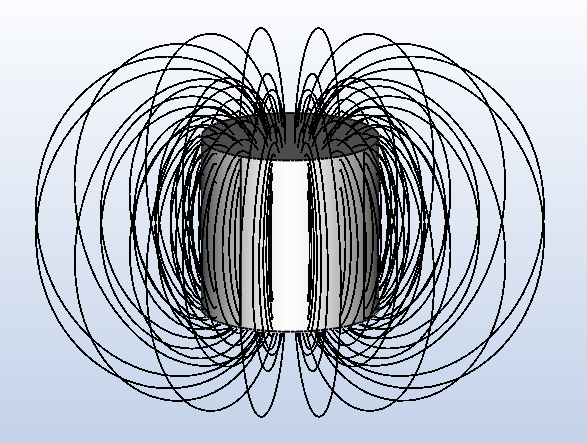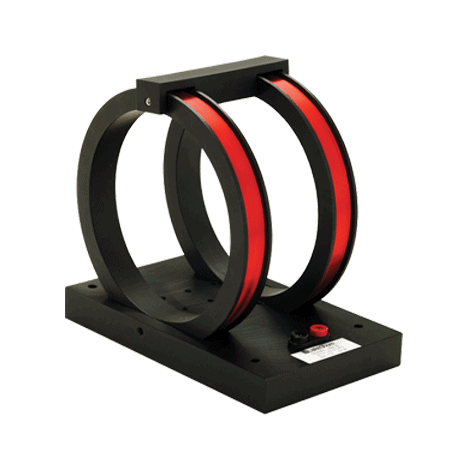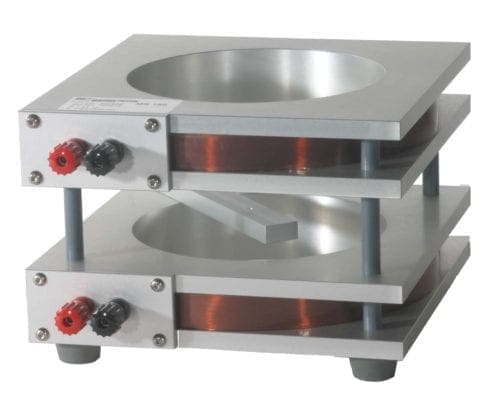The magnetic moment is a property that we use to verify the quality of our magnets. It is a way to measure the strength of a magnet and is widely used throughout the industry. Moreover, it is an easy, quick, and repeatable measurement.
The magnet grade and magnet volume define the magnetic moment. Testing for it confirms:
- the correct magnet grade was chosen,
- the magnet has the correct dimensions & orientation, and
- the magnet was fully and properly magnetized.
The magnetic moment is a measurement of the overall magnetic output of a magnet. Many illustrations of magnets show ‘lines of flux’ going from one magnetic pole to the other:

Magnetic lines of flux from a cylinder-shaped magnet
So, the magnetic moment is the summation of all those lines. Assuming the magnet is fully and properly magnetized, the two main factors determining the magnetic moment are the Type/Grade of magnet material and the Volume of a magnet.
- The stronger the magnet grade, the larger the magnetic moment
- The larger the magnet volume, the larger the magnetic moment
As a rough approximation, the four major types of permanent magnet material can be ranked lowest to strongest:
For the same size magnet, here is an illustration depicting the relative magnetic lines of flux:
In conclusion, here are some examples:
- The Earth’s magnetic moment is 8 x 10 22 Ampere-meter2
- A bowling ball made of Neodymium Iron Boron (strongest grade) would have a magnetic moment of 5937 Ampere-meter2
- A Neodymium Iron Boron (strongest grade) disc the same size as a US Penny would have a magnetic moment of 0.4824 Ampere-meter 2
- A Neodymium Iron Boron disc in a typical mobile phone has a magnetic moment of 0.007909 Ampere-meter2
Tags: magnetic moment, measuring magnetic characteristics






